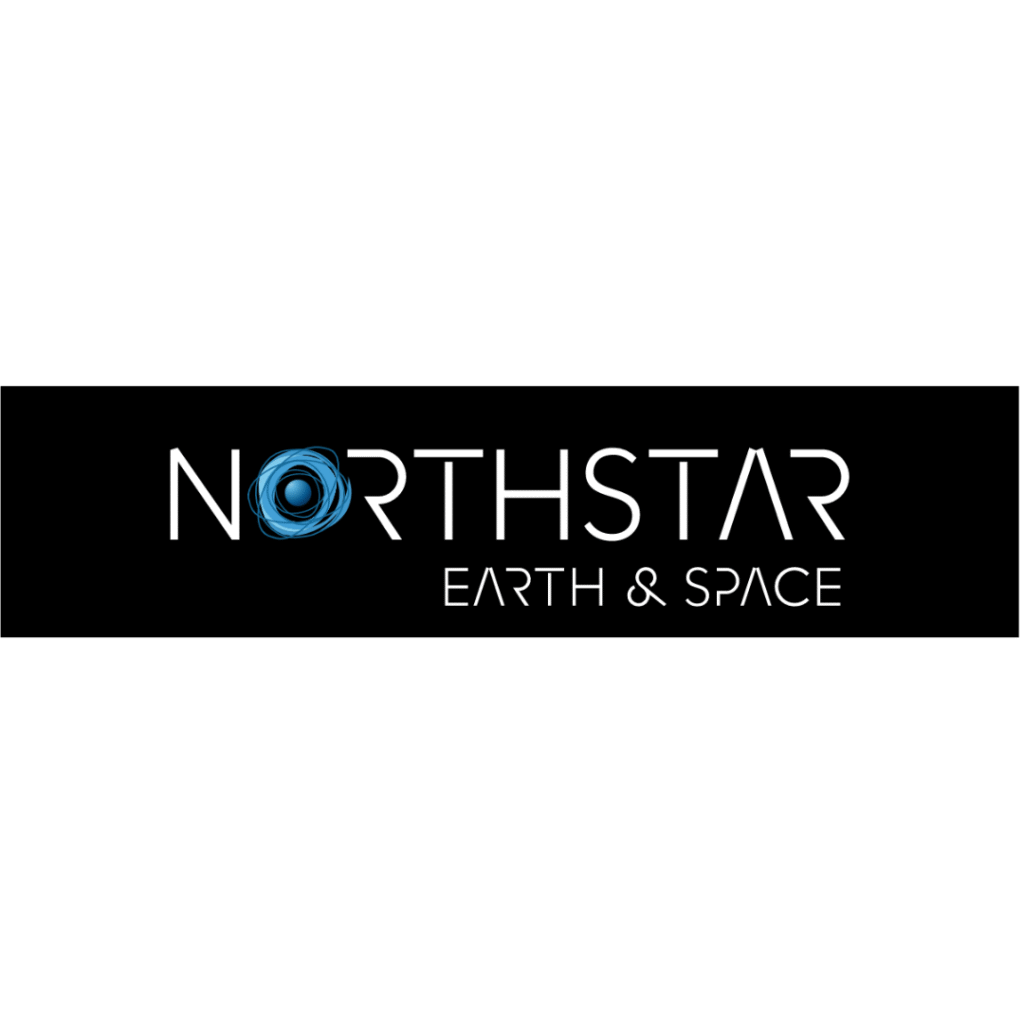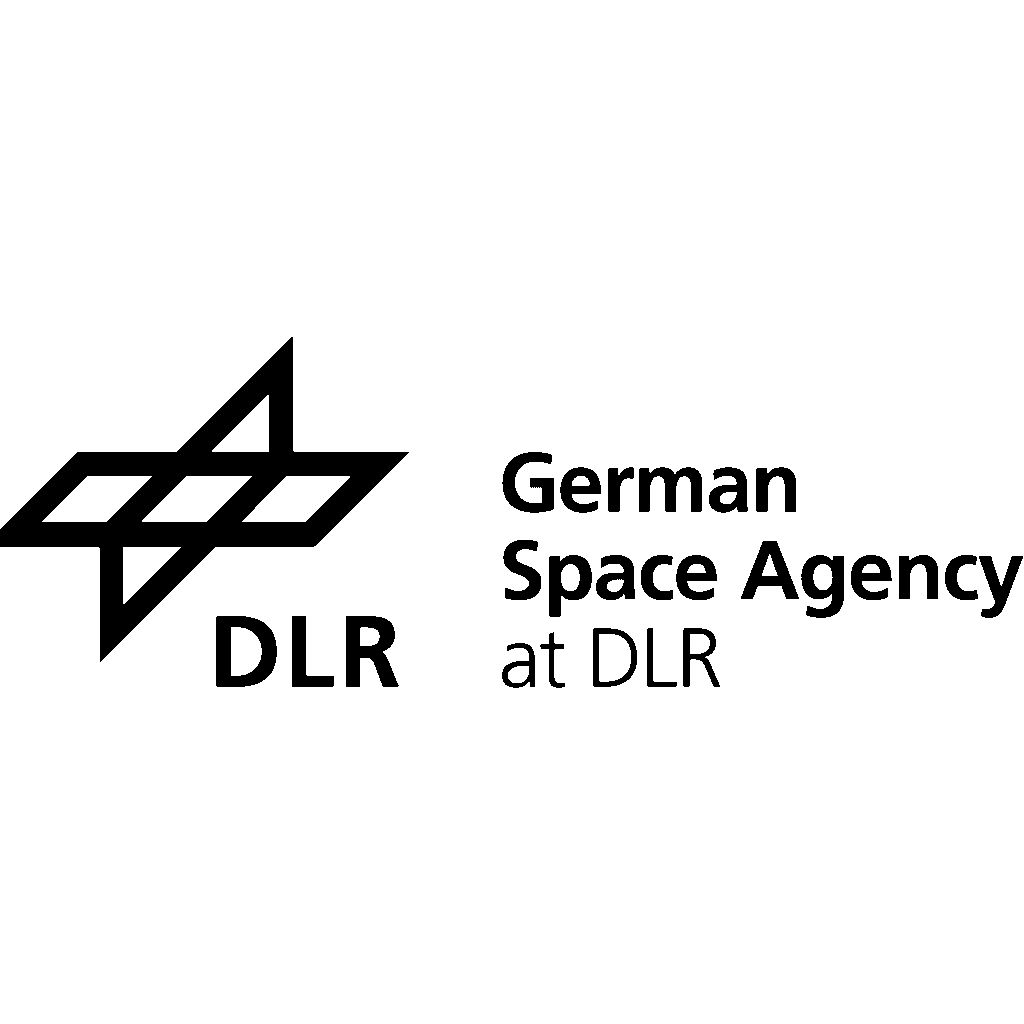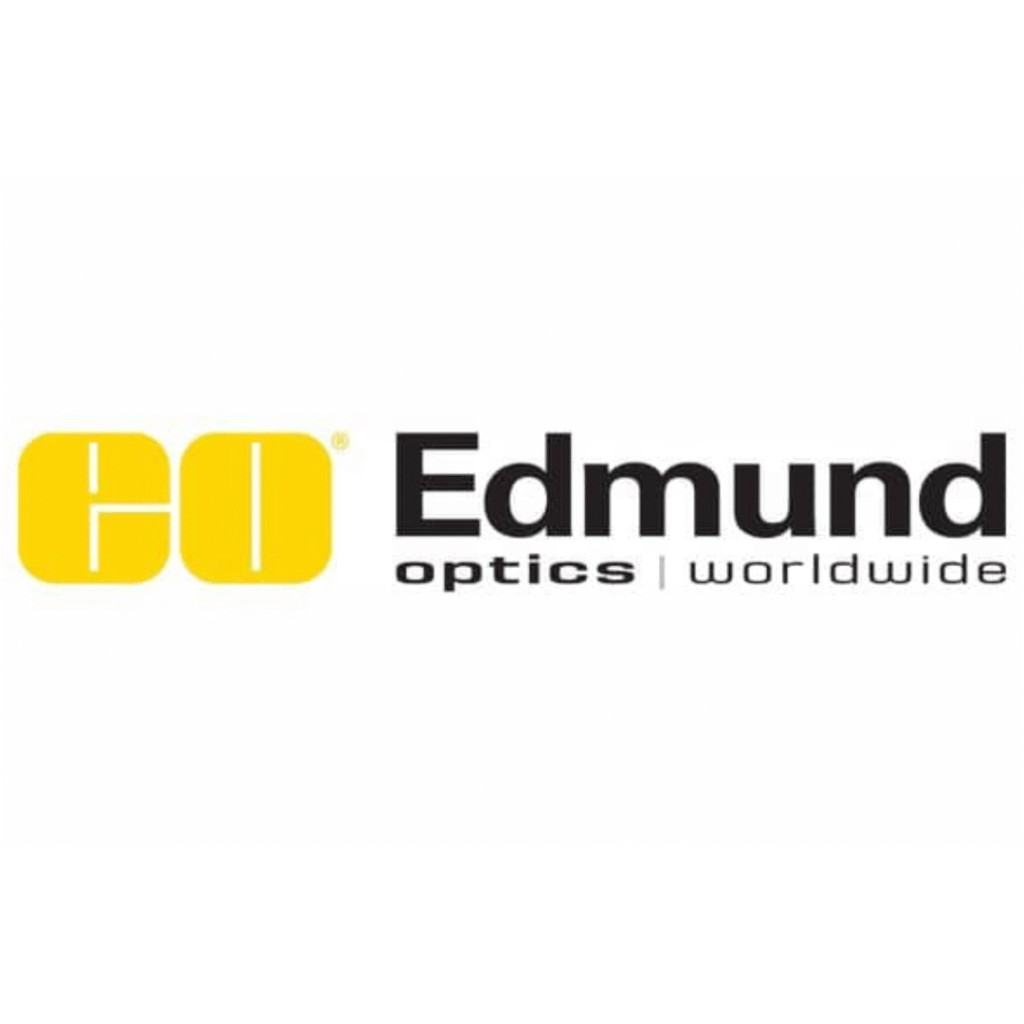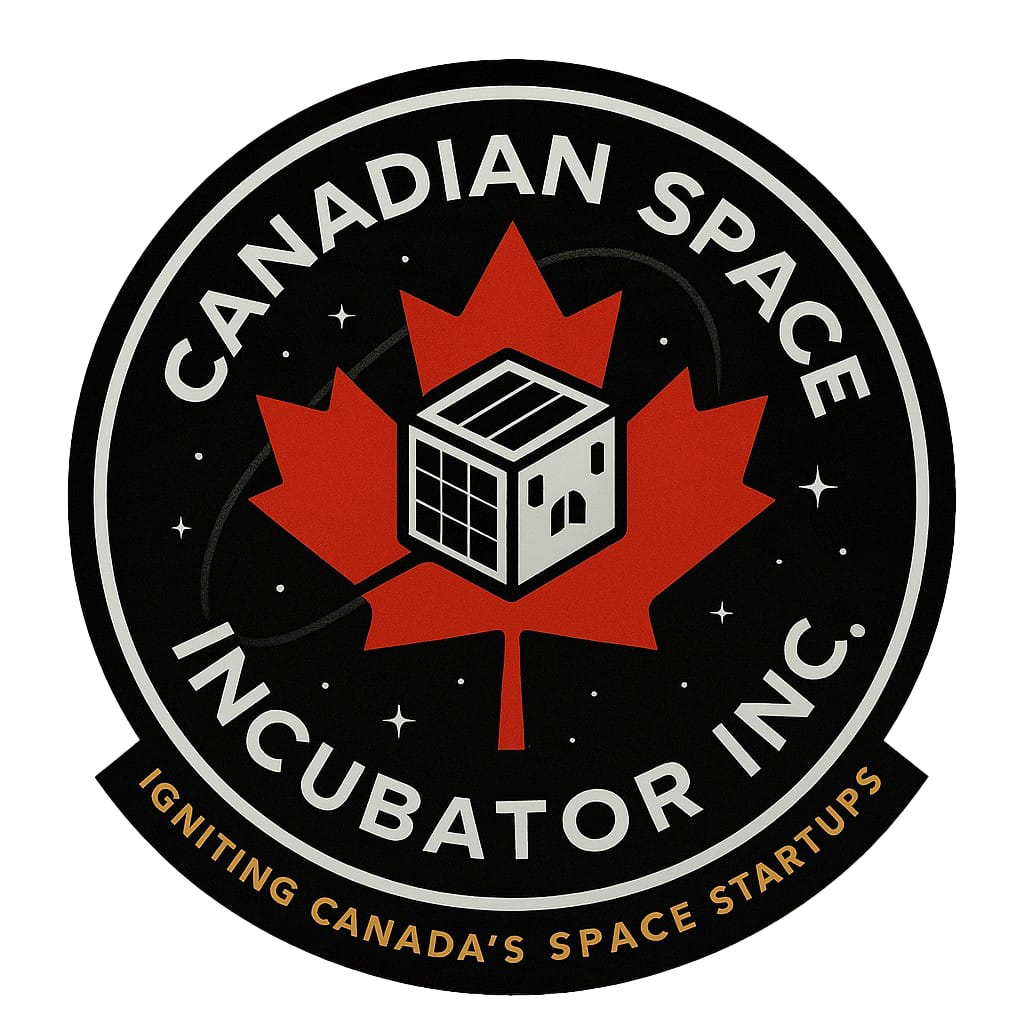Space Situational Awareness (SSA)
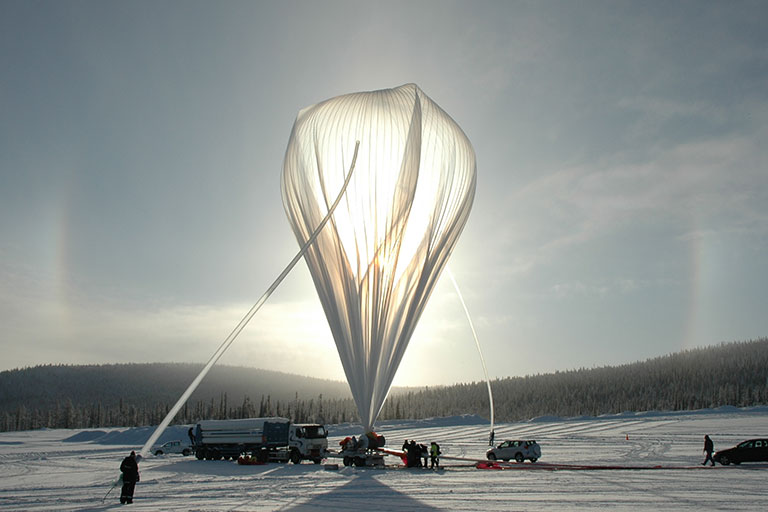
Overview
SOBER is a high-altitude balloon mission designed to measure the brightness of Resident Space Objects (RSOs)—including satellites and debris—in both visible and infrared wavelengths. Operating from above the densest layers of Earth’s atmosphere, SOBER delivers clear, calibrated data to fill a critical gap in current orbital catalogs, which often rely on outdated or modeled brightness values.
The SOBER project is an ESA BEXUS mission led by an international student team, with a planned launch from Esrange Space Center in Sweden in Q4 2025. CSI contributes by supporting outreach, partner coordination, and downstream data planning (e.g., brightness catalogue). The mission is an international collaboration of students, researchers, and aerospace partners focused on building empirical foundations for dark sky policy, observability scoring, and space sustainability tools. At its core, SOBER is more than a technical demonstrator—it’s a statement about the role of young engineers and scientists in shaping the future of orbital stewardship. Our goal is to create the first open-access, balloon-borne brightness dataset calibrated against stars, grounded in scientific rigor, and made accessible to astronomers, modelers, and policymakers alike.
Mission Timeline
From concept to stratosphere, here’s how SOBER is progressing toward launch and data collection. These events reflect the student team’s progress with CSI support in communication and strategy.
Dec 2024
Selected by ESA BEXUS Program (BEXUS 37 campaign confirmed)
Feb 2025
Preliminary design review and lab prototype complete
Mar–June 2025
Full payload integration with dual-camera system
Jun–Jul 2025
Environmental testing (thermal, vibration)
Sep 2025
Transport and final integration at Esrange Space Center
Oct 2025
Balloon launch from Kiruna, Sweden
Nov–Dec 2025
Onboard data recovery, calibration, and brightness catalog creation
Early 2026
First public release of SOBER brightness data and observability insights
Development Milestone
Payload Architecture
Mission Overview:
The SOBER payload integrates a visible spectrum camera and an infrared camera on a common, thermally stabilized platform. Both sensors are aligned using a custom mechanical boresight frame, supported by onboard computing, thermal monitoring, and housekeeping electronics.
Designed for operation at altitudes exceeding 30 km, the system is built to endure stratospheric temperature gradients, vibrations, and balloon flight dynamics—while maintaining precise optical performance.
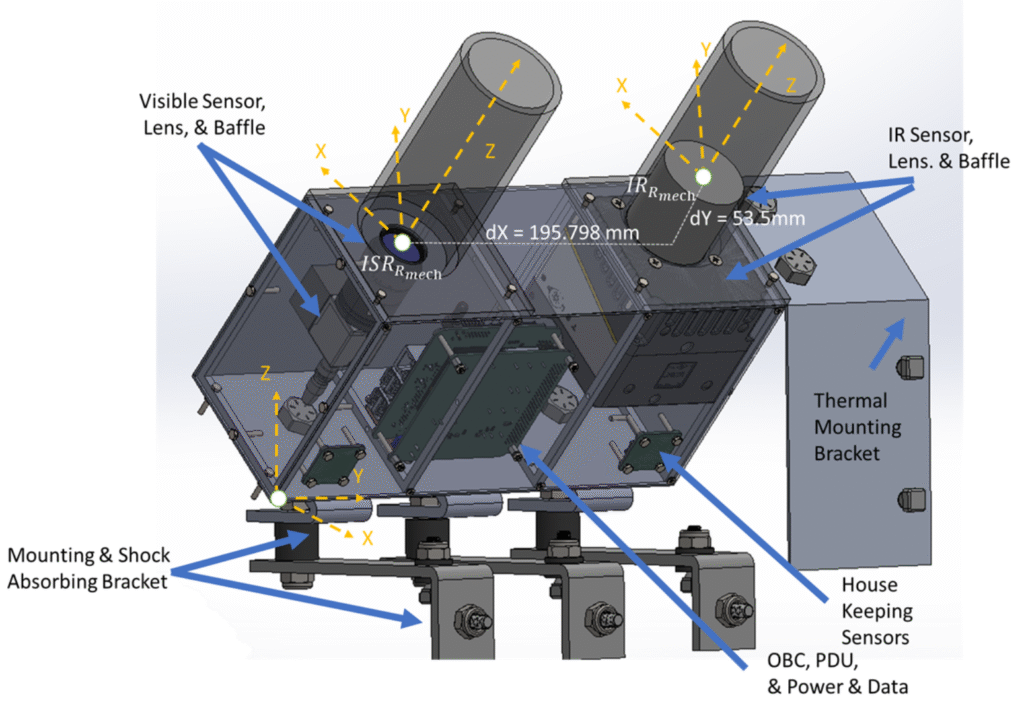
| Subsystem | Details |
|---|---|
| Visible Camera | Wide field-of-view, star-calibrated, passive lens system |
| Infrared Camera | Narrower FOV, optimized for thermal contrast and object identification |
| Star Tracker | Supports absolute pointing and referencing in post-processing |
| Onboard Computer (OBC) | Controls data acquisition, timestamping, thermal management |
| Thermal Mounting Bracket | Ensures isothermal alignment and shock resistance during flight |
| Housekeeping Sensors | Monitor internal environment (temperature, humidity, pressure, vibrations) |
Brightness Catalog Goals
Why This Matters
Current satellite catalogues, including ESA’s MASTER and DISCOS tools, rely heavily on modeled or ‘assumed brightness values, which can vary significantly from real-world observations, especially when viewed from ground-based observatories. This gap poses challenges for:
- Astronomy planning
- Space traffic visualization
- Light pollution impact assessment
- ESA’s “Zero Debris” and Dark & Quiet Skies initiatives
What SOBER measures
SOBER will produce a calibrated dataset of apparent magnitudes of Resident Space Objects (RSOs) using:
- Astronomy planning
- Space traffic visualization
- Light pollution impact assessment
- ESA’s “Zero Debris” and Dark & Quiet Skies initiatives
Catalog Features (Planned)
| Parameter | Description |
|---|---|
| RSO Identifier (ID/TLE) | Unique tracking label for cross-referencing with orbital catalogs |
| VIS Apparent Magnitude | Calibrated brightness against known star field |
| IR Brightness Index | Infrared energy reading normalized by exposure & thermal calibration |
| Timestamp | UTC time of observation |
| Pointing Information | Altitude, azimuth, FOV center |
| Observation Conditions | Balloon altitude, temp, pressure, star tracker status |
Publications
Media Coverage and Content
Podcast Bright Skies:
Episode 1 - Why Sateleliites Sparkle
An inside look at SOBER, satellite brightness, and dark sky science.
YouTube
SOBER Payload Walkthrough
An inside look at SOBER, satellite brightness, and dark sky science.
Episode 1 - Why Sateleliites Sparkle
An inside look at SOBER, satellite brightness, and dark sky science.
Partnerships and Recoganizations
Supported by and working alongside:






